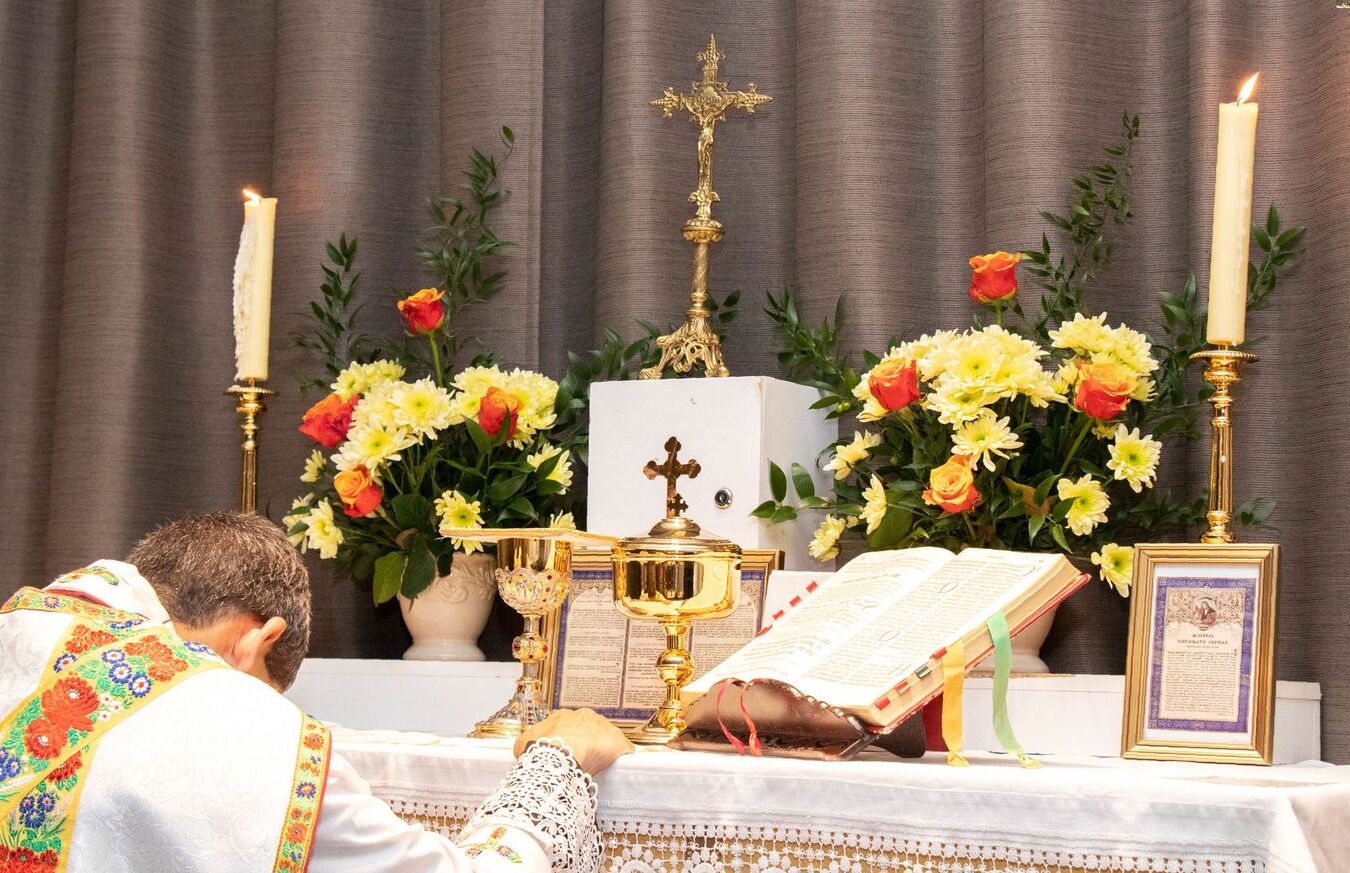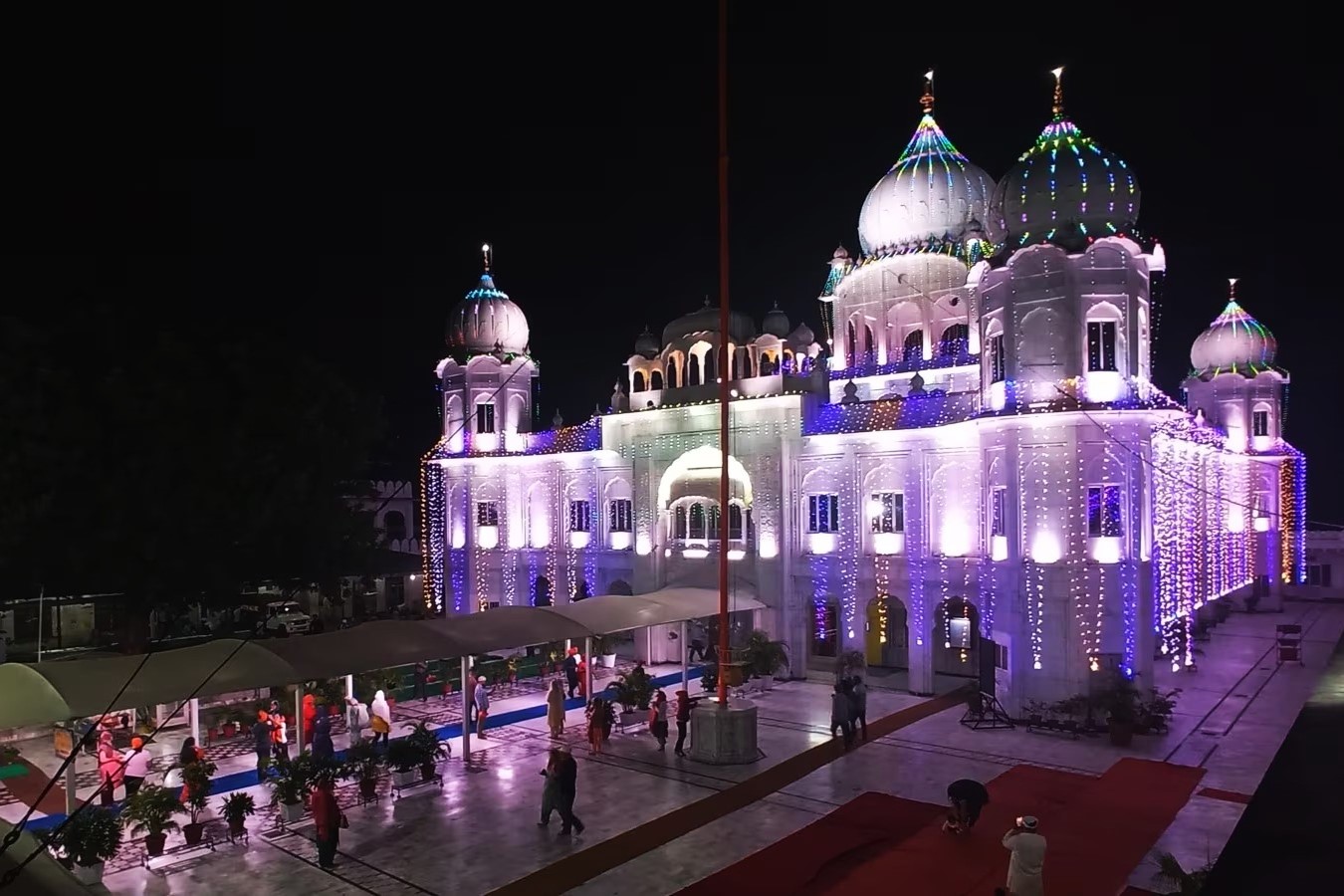
What does it mean to consecrate something? At its core, to consecrate means to set something apart for a special purpose, often making it holy or sacred. This term, rooted in the Latin word "consecrare," has been used in religious, cultural, and historical contexts for centuries. From ancient Egyptian rituals to modern-day church blessings, consecration involves various practices like prayers, offerings, and symbolic acts. It signifies a transition from the ordinary to the extraordinary, imbuing objects, places, or people with spiritual significance. Whether it's the ordination of clergy, the dedication of a temple, or the blessing of an artifact, consecration remains a powerful act of sanctification and dedication.
What Does Consecrate Mean?
Consecrate is a term that has been used in various contexts, from religious ceremonies to cultural practices. It generally means to make something holy or dedicate it to a higher purpose.
- Consecrate comes from the Latin word "consecrare," meaning to make holy or dedicate to a higher power.
Consecrate in Religious Contexts
Religious practices often involve consecration to sanctify objects, places, or people.
- In Christianity, consecration is associated with the ordination of priests, blessing of churches, and dedication of altars.
- Many religions use prayers, offerings, and other sacred acts during consecration rituals.
- Consecration symbolizes the transition from secular to sacred.
Cultural Significance of Consecration
Consecration holds deep cultural importance, especially in societies with strong religious traditions.
- It often marks the transition from one state to another, such as from secular to sacred.
- In some cultures, art and artifacts are consecrated, making them spiritually significant.
- Consecration can also be tied to community events, creating a sense of shared purpose.
Historical Examples of Consecration
Throughout history, various civilizations have practiced consecration in unique ways.
- Ancient Egyptians performed rituals to prepare pharaohs' tombs for the afterlife.
- In ancient Greece, temples were consecrated to honor specific deities.
- These rituals were crucial for the well-being of the community.
Modern Usage of Consecrate
Today, consecration is used in both religious and secular contexts.
- Modern societies use consecration for the dedication of buildings, ordination of clergy, and blessing of objects.
- Public spaces and institutions can also be consecrated through ceremonies and dedications.
Symbolism and Meaning
Consecration carries rich symbolism and deep meaning.
- It often symbolizes purification, sanctification, and setting something apart for a higher purpose.
- The act can invoke divine or spiritual power, ensuring protection and guidance.
Rituals and Practices
Rituals associated with consecration vary widely across cultures and religions.
- Common practices include prayers, offerings, sacrifices, and the use of sacred symbols.
- Some traditions use specific materials believed to possess spiritual properties, like holy water or incense.
Sacred Objects
Consecrated objects are treated with reverence and care.
- These can include religious artifacts, ceremonial items, and buildings.
- Strict rules govern the handling and care of these objects to maintain their sanctity.
Ordination and Clergy
Ordination of clergy often involves a process of consecration.
- This ritual transforms individuals into spiritual leaders.
- It includes prayers, anointing with holy oil, and the laying on of hands by higher-ranking clergy.
Blessing of Places
Consecration of places like churches or temples involves specific rituals.
- These rituals aim to purify and sanctify the location.
- Prayers, offerings, and sacred symbols are commonly used.
Art and Consecration
In some cultures, art is consecrated to imbue it with spiritual significance.
- Rituals or prayers may be performed during the creation process or after the artwork is completed.
- Consecrated art is often believed to possess spiritual properties.
Secular Contexts
Consecration is not limited to religious settings.
- Public spaces like parks or monuments can be consecrated through ceremonies.
- These secular consecrations create a sense of community and shared purpose.
Language and Terminology
The term "consecrate" has been adopted into various languages.
- It is used in English, Latin, Greek, and many other languages.
- Different languages may have unique terms or phrases for consecration.
Symbolic Acts
Consecration often involves symbolic acts representing transitions.
- Anointing with holy oil symbolizes purification and sanctification.
- These acts reinforce the spiritual significance of the object or person being consecrated.
Community Involvement
Consecration often involves the community.
- Rituals are performed with the participation of the faithful.
- This communal involvement strengthens the bond between the community and the consecrated object or person.
Historical Significance
Consecration has played a crucial role in shaping societies and cultures.
- It has been used to legitimize power structures and create sacred spaces.
- The historical significance lies in its ability to create meaning and purpose.
Cultural Exchange
Consecration has been influenced by cultural exchange throughout history.
- The spread of Christianity involved adopting local rituals into consecration ceremonies.
- This exchange has enriched the concept of consecration.
Modern Challenges
Consecration faces challenges related to secularization and declining religious practices.
- Some question its relevance in contemporary society.
- However, many argue that its core principles remain essential.
Digital Age
The digital age introduces new challenges and opportunities for consecration.
- Virtual spaces or objects can now be consecrated.
- This raises questions about the nature of sacred space in a virtual environment.
Education and Learning
Consecration is often part of educational processes in religious institutions.
- Students learn about rituals and practices associated with consecration.
- Understanding consecration fosters a deeper sense of reverence and respect.
Psychological Impact
Consecration can have a profound psychological impact.
- It provides a sense of belonging and purpose.
- It offers a way to cope with stress and uncertainty.
Artifacts and Relics
Consecrated artifacts and relics are highly valued in many traditions.
- These objects are believed to possess spiritual properties that can heal, protect, or guide individuals.
The Essence of Consecration
Consecration is a fascinating practice that spans cultures, religions, and history. It’s all about setting something apart for a higher purpose, whether it’s a person, place, or object. From ancient Egyptian tombs to modern-day church ceremonies, consecration rituals have always played a crucial role in human society. They symbolize purification, sanctification, and a connection to the divine.
In today’s world, consecration still holds significance, even in secular contexts like dedicating public spaces. It’s a way to create meaning, foster community, and connect with something greater than ourselves. Whether through elaborate rituals or simple acts, consecration continues to be a powerful tool for creating purpose and reverence in our lives.
Understanding the diverse practices and meanings of consecration helps us appreciate its enduring importance. It’s a testament to humanity’s timeless quest for transcendence and connection.
Was this page helpful?
Our commitment to delivering trustworthy and engaging content is at the heart of what we do. Each fact on our site is contributed by real users like you, bringing a wealth of diverse insights and information. To ensure the highest standards of accuracy and reliability, our dedicated editors meticulously review each submission. This process guarantees that the facts we share are not only fascinating but also credible. Trust in our commitment to quality and authenticity as you explore and learn with us.


